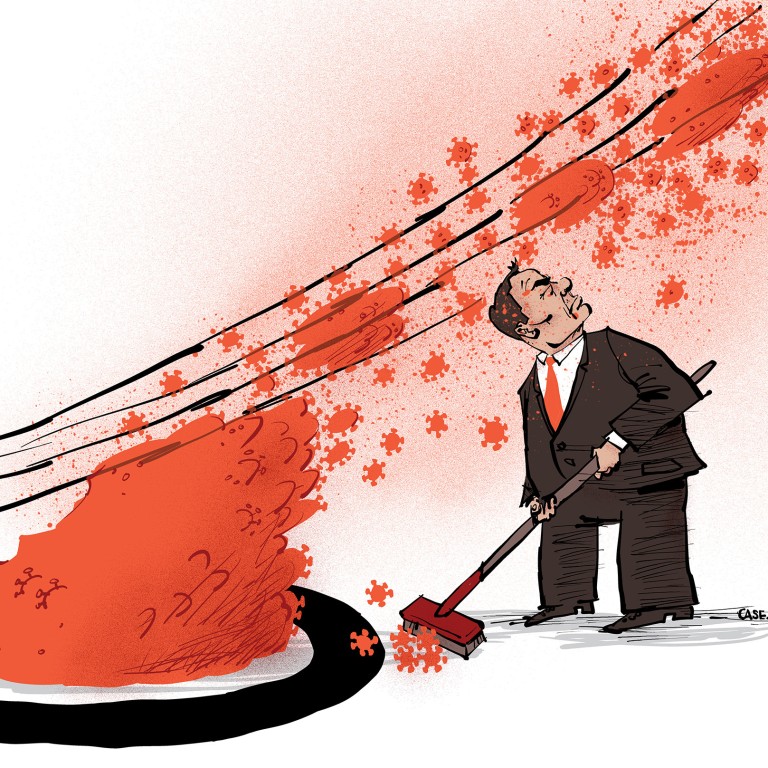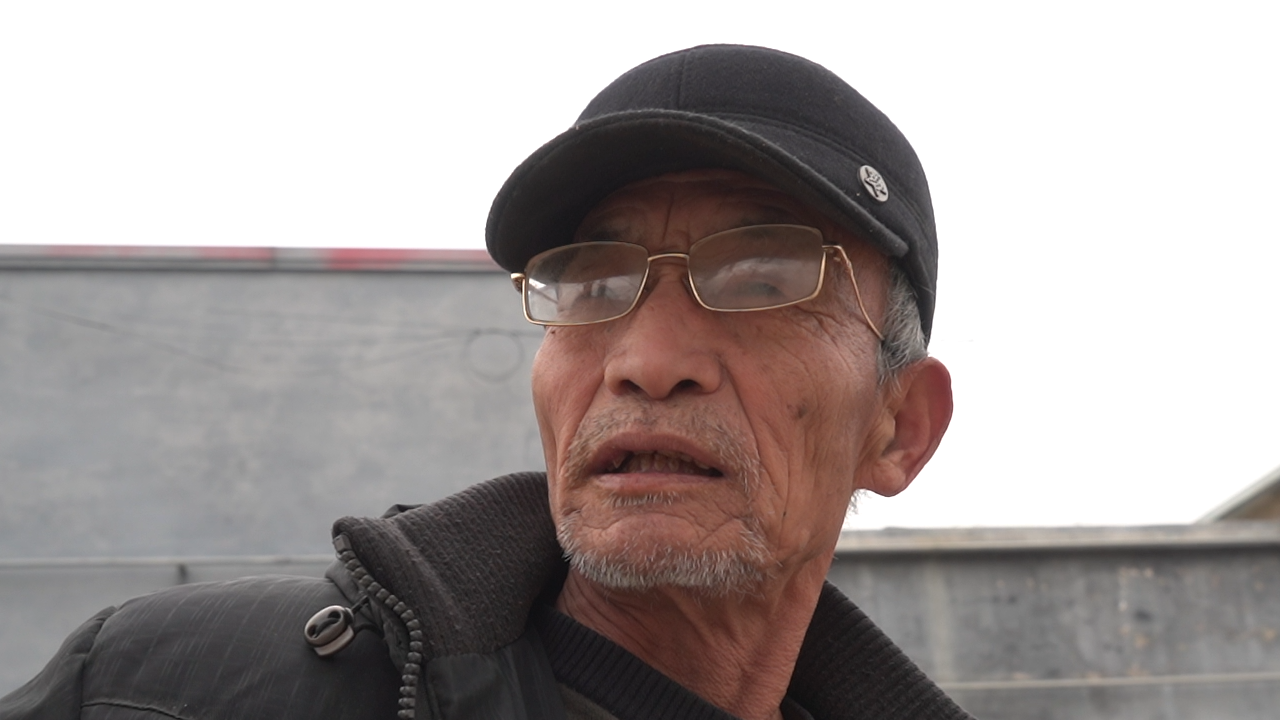
For China’s officials, leaving zero-Covid behind is far harder than enforcing it
- The policy, while damaging, came with clear metrics that allowed local government officials to demonstrate their compliance
- The new mandate to simply let people get on with their lives leaves officials with no way to show success other than by downplaying the resulting rise in infections
It also makes sense; a country with China’s land mass and large population requires tens of millions of officials to carry out the orders of the centre and respond to problems in real time. There is a well-known Chinese saying: the mountain is high and the emperor far away, that bemoans the lack of state power and challenge of implementing policies in remote areas.
While such strategies have succeeded when tied to clear metrics of success (such as increasing GDP numbers or keeping Covid-19 cases at zero), they tend to produce more mixed results when the goals are more vague or open-ended. For Chinese government officials, implementing zero-Covid appears to have been easier than coming out of it.

Particularly after the devastation of Mao-era policies, metrics have also served as an objective check on ideological excess and a means for local government officials to compete with each other.
A Chinese government report published by state media Xinhua outlines the country’s new direction of “Category B infectious disease and management”, denoting a shift in approach in the face of less severe Covid variants.
Zero-Covid also involved the use of clear metrics: the number of cases, the number of tests, the number of quarantine facilities built, and so on. Local government officials competed with each other to keep case numbers low, and the central government could similarly monitor the compliance of various local governments.

How do local officials demonstrate compliance? What does it mean to enthusiastically not lock down a city or quarantine people? How does a government infrastructure built around control and micromanagement repurpose itself to encourage people to live their lives again?
The overnight reversal and ending of zero-Covid reveals another limit of government capacity in China: the cold, hard reality of costs. Zero-Covid was growing unsustainably expensive, even for wealthier provincial governments in China.
Zero-Covid involved an awesome display of government power. “Category B” is demonstrating the real limits of that same power. Zero-Covid presented an image of excess, but it also made it difficult to argue against the sheer capacity of the Chinese government to influence and control its people.
The messy roll-out of “Category B” adds more than a few cracks to this illusory image of omnipotence. In some ways, modern governance tools and technologies have expanded the Communist Party’s power beyond that of any dynasty. In other ways, however, the complexities of modern challenges and the diversity of modern societies make the emperor farther away than ever.
Karman Lucero is a fellow at the Paul Tsai China Centre at Yale Law School


